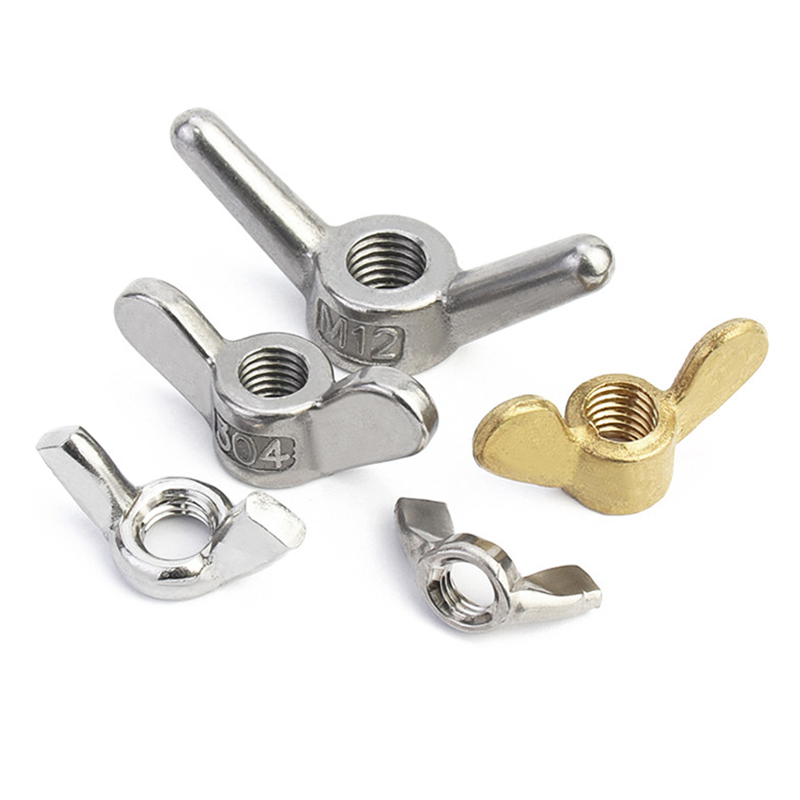

m6 stud bolt - a fastener
Nov . 18, 2024 18:07 Back to list
m6 stud bolt - a fastener
Understanding M6 Stud Bolts A Comprehensive Overview
In the world of mechanical engineering and construction, fasteners play a crucial role in the integrity and stability of structures and assemblies. Among the various types of fasteners, the M6 stud bolt stands out due to its specific dimensions and versatile applications. This article delves into the features, uses, and advantages of M6 stud bolts, making it easier for engineers and DIY enthusiasts to understand this essential component.
What is an M6 Stud Bolt?
An M6 stud bolt is a type of fastener characterized by its metric size of 6 millimeters in diameter. The M indicates that it is part of the metric series of fasteners, which is standardized by the International Organization for Standardization (ISO). Stud bolts come in two forms full-threaded and partially threaded. A full-threaded M6 stud bolt boasts threads along its entire length, while a partially threaded one has a smooth section, often used for specific applications requiring enhanced tension distribution.
Stud bolts typically consist of a cylindrical piece of metal with threads on either end. They are used in conjunction with nuts or other fasteners to secure two or more components. The length of the stud bolt can vary based on application requirements, making it an adaptable choice for different industries.
Applications of M6 Stud Bolts
M6 stud bolts are widely used across various sectors, including automotive, aerospace, construction, and manufacturing. Some common applications include
1. Automotive Engineering M6 stud bolts are prevalent in vehicle assemblies, responsible for fastening components such as engines, transmissions, and exhaust systems. Their robustness ensures that these parts can withstand significant operational stress.
2. Machinery In manufacturing and machinery assembly, M6 stud bolts secure heavy components. Their ability to maintain tight connections under vibration and load is critical for the safe operation of machines.
3. Construction These fasteners are used to join structural elements in buildings and infrastructures. With their high tensile strength, they provide the necessary support to withstand various environmental forces.
m6 stud bolt - a fastener

Advantages of M6 Stud Bolts
Several advantages make M6 stud bolts a preferred choice among engineers and manufacturers
- Strength and Durability Made from high-strength materials such as steel or stainless steel, M6 stud bolts can withstand high loads and resist corrosion, making them suitable for harsh environments.
- Ease of Use The design of stud bolts allows for straightforward installation and removal. They can be tightened with a wrench or socket, providing convenience during assembly or maintenance tasks.
- Versatility With various lengths and thread configurations available, M6 stud bolts can be tailored to fit specific applications, enhancing their usability across multiple industries.
- Consistent Performance The metric sizing ensures uniformity in applications globally, making them an excellent choice for international projects or products.
Conclusion
M6 stud bolts are an indispensable part of various engineering applications, known for their strength, durability, and versatility. Whether in automotive, construction, or manufacturing, understanding the properties and uses of these fasteners can greatly enhance the efficacy of projects and ensure the safety and stability of the structures built with them. As industries continue to evolve, M6 stud bolts will undoubtedly remain a staple in the fastener family, continuing to support countless applications around the globe.
For anyone involved in engineering or related fields, having a solid grasp of components like the M6 stud bolt is vital. Continuous learning about advancements in materials and fastening technologies will further optimize their application and performance in future projects.
Latest news
-
Hot Dip Galvanized Bolts-About LongZe|High Strength, Corrosion Resistance
NewsJul.30,2025
-
High-Strength Hot Dip Galvanized Bolts - Hebei Longze | Corrosion Resistance, Customization
NewsJul.30,2025
-
Hot Dip Galvanized Bolts-Hebei Longze|Corrosion Resistance&High Strength
NewsJul.30,2025
-
High-Strength Hot-Dip Galvanized Bolts-Hebei Longze|Corrosion Resistance&High Strength
NewsJul.30,2025
-
Hot Dip Galvanized Bolts-Hebei Longze|Corrosion Resistance&High Strength
NewsJul.30,2025
-
Hot Dip Galvanized Bolts - Hebei Longze | Corrosion Resistance, High Strength
NewsJul.30,2025

